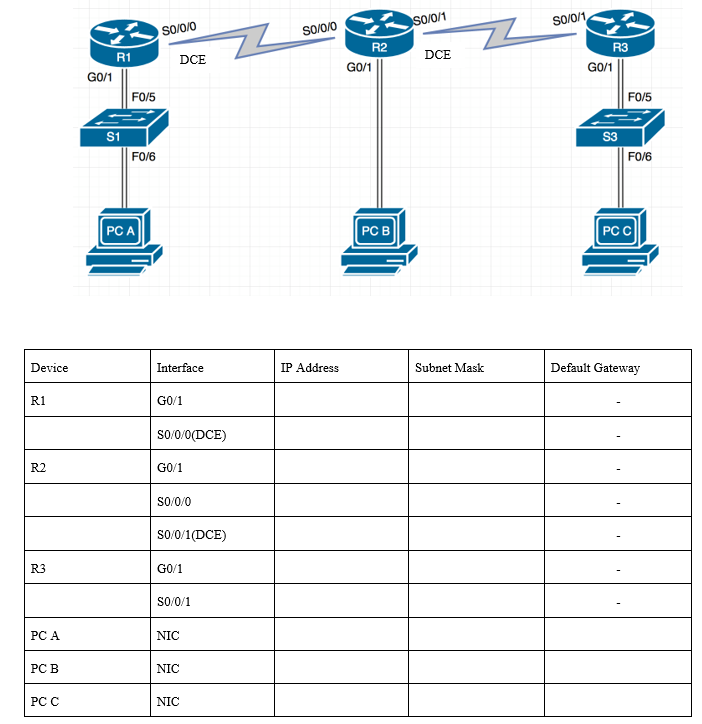Answered step by step
Verified Expert Solution
Question
1 Approved Answer
SO/0/1 solo SO/O/0 SO/0/0 R2 R1 DCE DCE R3 GO/1 G0/1 GO/1 F0/5 FO/5 S1 S3 F0/6 F0/6 PCB PCC Section 1 Scenario: You are




Step by Step Solution
There are 3 Steps involved in it
Step: 1

Get Instant Access to Expert-Tailored Solutions
See step-by-step solutions with expert insights and AI powered tools for academic success
Step: 2

Step: 3

Ace Your Homework with AI
Get the answers you need in no time with our AI-driven, step-by-step assistance
Get Started


